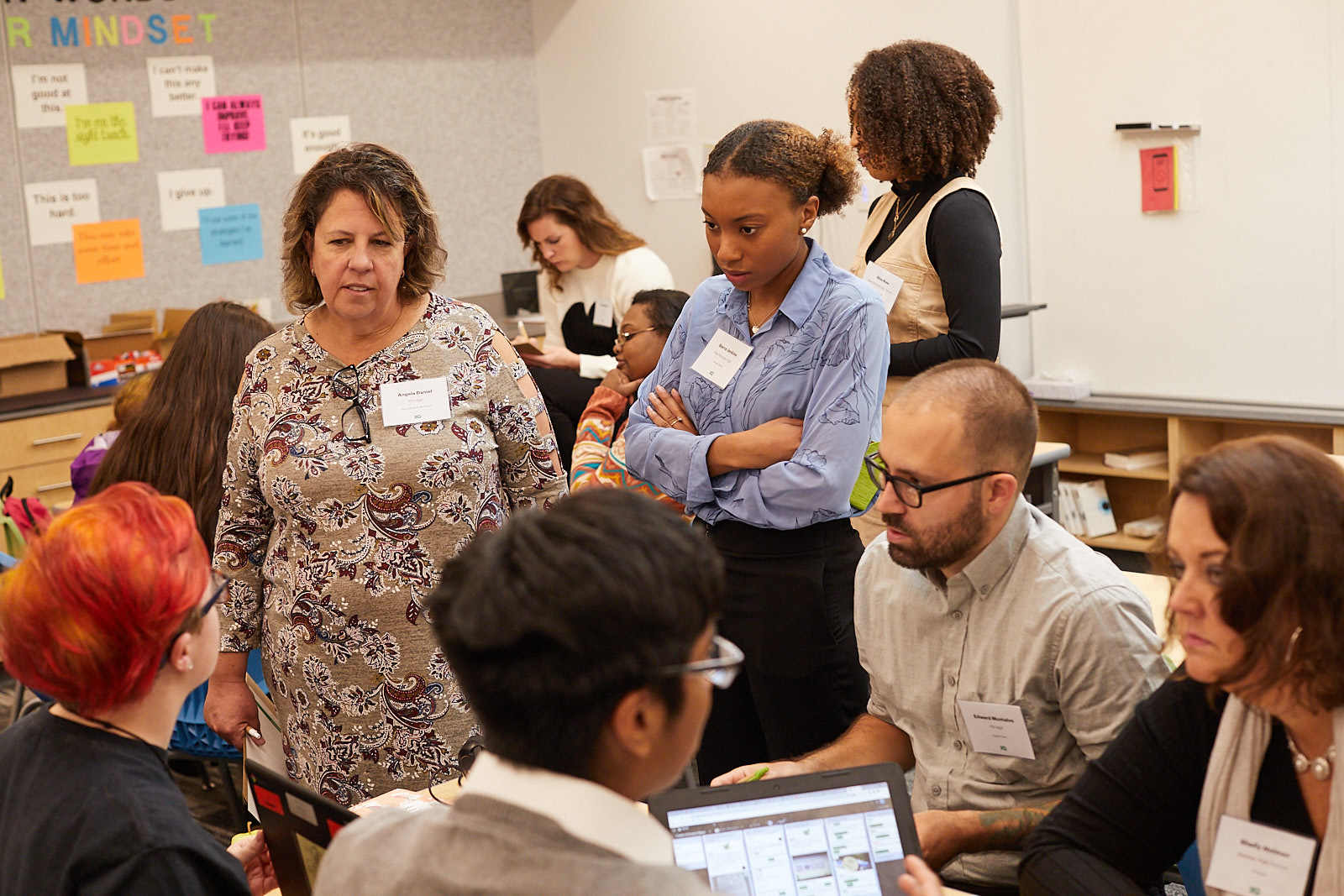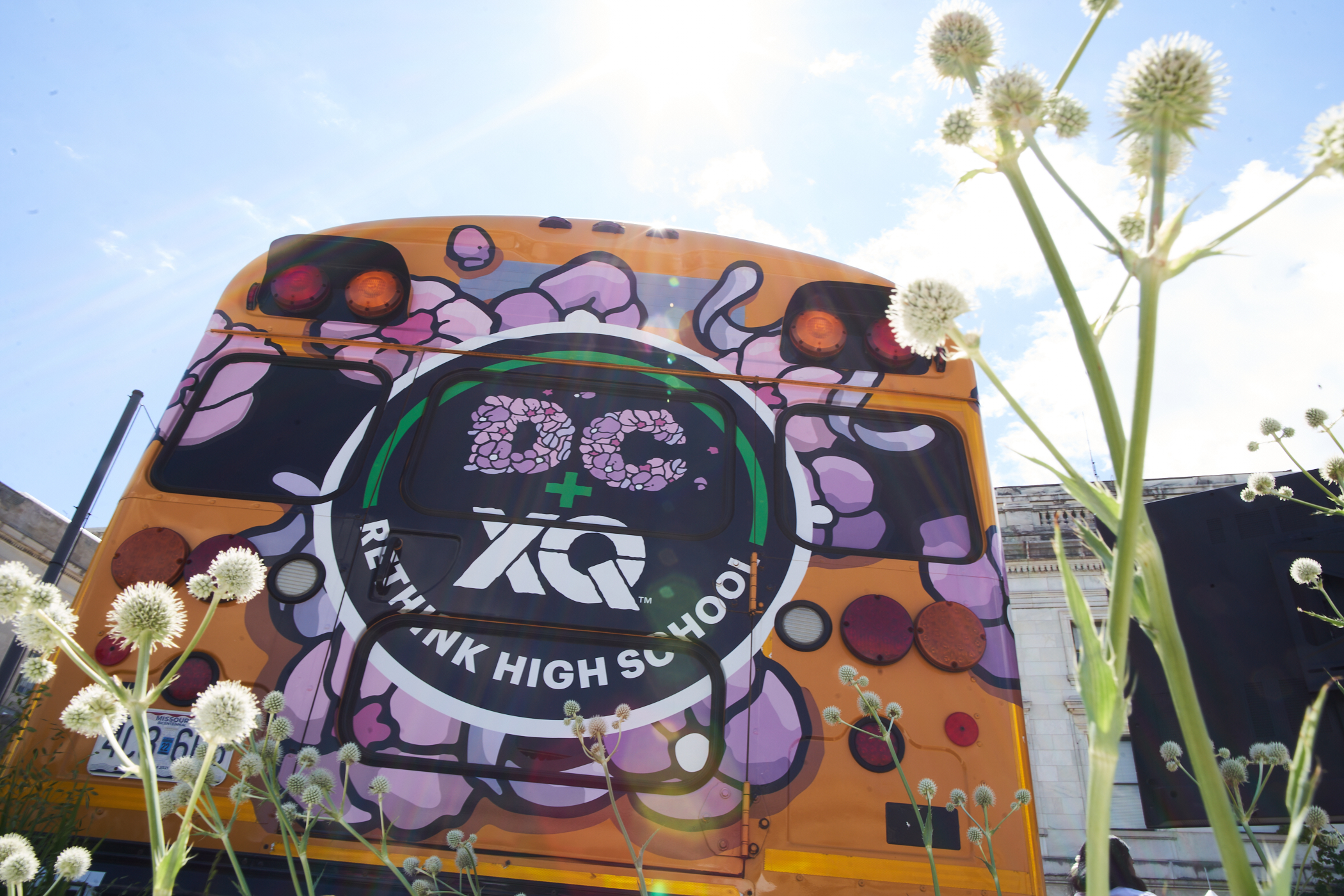Easy steps to seamless teacher collaboration
Collaborating with teachers makes your classroom more efficient and interdisciplinary. Here are some tips from educators on how to start collaborating with your colleagues.

Collaborating with other teachers can be a great way to ensure your students are on track with their peers and are getting the most out of their time in the classroom. It’s also a good way for teachers to learn from each other, brainstorm about the best ways to teach specific students, and enrich the overall learning experience for students. As part of our teacher “How To” series, here are some tips from two teachers at Tiger Ventures, an XQ School in Endicott, N.Y., and Christopher Hanks, principal at Grand Rapids Public Museum School, at XQ School in Grand Rapids, Mich., on how to start successful teacher collaboration teams at your school.
Tips from Gerardo Lewis, social studies teacher, and Meagan Helfrich, special education teacher, Tiger Ventures:
- Schedule a common time to meet purposefully.
- Create an agenda and stick to it. In your first agenda or collaboration session, you should create and define norms. Then, leave an open spot at the end for items that pop up during discussions.
- Be open and honest during discussions. When difficult discussions come up, handle them professionally. Be solution-driven.
- Assign roles to keep everyone participating. Have a time-keeper, note-taker, facilitator, etc. Roles can rotate or remain the same. Define this in your norms.
- Stay proactive before, during, and after the collaboration sessions. Own your role in your team.
- Celebrate successes before ending any collaboration session.
- Remember why we are all here. Student-centered collaboration will ensure improved teaching and learning at your school.
Tips from Christopher Hanks, principal at Grand Rapids Public Museum School:
- Identify the purpose or need. Clearly communicate the purpose, tasks, timelines, and deliverables. Will the team be co-teaching, designing curriculum, advising, etc.?
- Create a schedule that supports the work.
- Communicate with teachers about the purpose and structure. The team and school leads need to share a vision of the work. Teachers understand their own workflow and capacities; be willing to incorporate their insights. Teachers also need to understand the constraints and imperatives you are facing.
- Back off! Effective teams control their own process.
- Maintain focus. Leadership’s role is to support progress and keep the goals front and center.
- Be responsive to changing needs, false starts, and new opportunities. Allow space for teams to fail and adjust. Regular feedback from students will keep the work authentic.
- Remember why we are all here. Student-centered collaboration will ensure improved teaching and learning at your school.
Have a story to share about high school redesign? Be an XQ guest blogger! Check out this form for details.









